Over two decades, jewellery designer Hanut Singh has built a label coveted by the world’s biggest stars and guided by instinct, creativity and an innovative approach to design.
There’s something about Hanut Singh that makes his jewellery instantly recognisable. Perhaps it is the bold, sensual assemblage of shapes or the imaginatively cut diamonds and gemstones that can range from emeralds and rubies to abalone and chrysoprase. Or it could be the Art Deco inspirations that run like a glittering thread through years of design, and recurring motifs from architecture. The defining qualities are hard to pin down, but it is easily distinguishable.
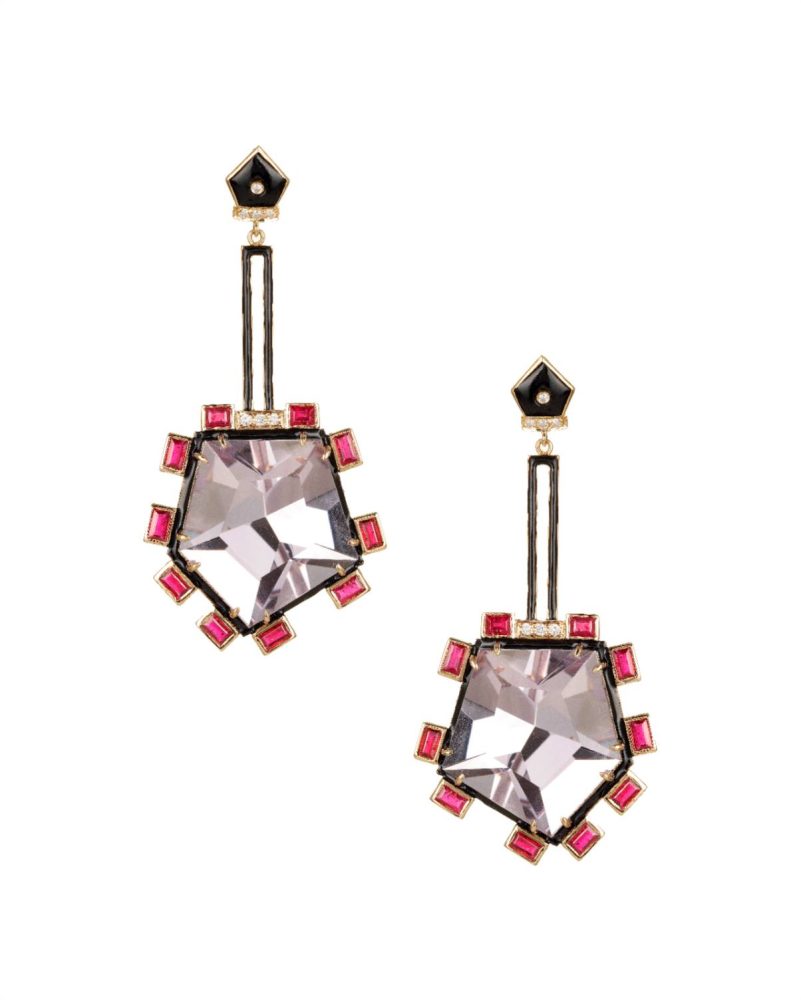
Singh wouldn’t have it any other way. Since the inception of his eponymous fine jewellery label in 2002, the Delhi-based artist has come to be known for a sparkling language that is entirely his own. One that has appealed to the world’s biggest movie stars, designers and entrepreneurs ranging from Diane von Furstenberg, Cher and Michelle Yeoh to Isha Ambani Piramal and Kareena Kapoor Khan. Singh’s jewels have appeared on the Cannes Film Festival red carpet, at the Oscars and Emmys, magazine editorials, music videos and movies such as the forthcoming A Big Bold Beautiful Journey, in which Margot Robbie wears one of his earrings.
Spotting Indian designers in the fashion and jewellery picks of Hollywood stars is frequent now, a trend that Singh applauds. But he has been a long-standing favourite among celebrities–and their stylists. “It wasn’t by strategy, but I have always wanted to see the A-list in any field wear my work,” he says.
Market influences, trends and strategies are terms that Singh eschews in conversation. After all, jewellery has always been his calling, long before he launched his eponymous label in the early 2000s.
Coming from the erstwhile royal family of Kapurthala, he is the grandson of Sita Devi who was renowned for her sense of style—photographed by the likes of Cecil Beaton and named by Vogue among the world’s most beautiful women.
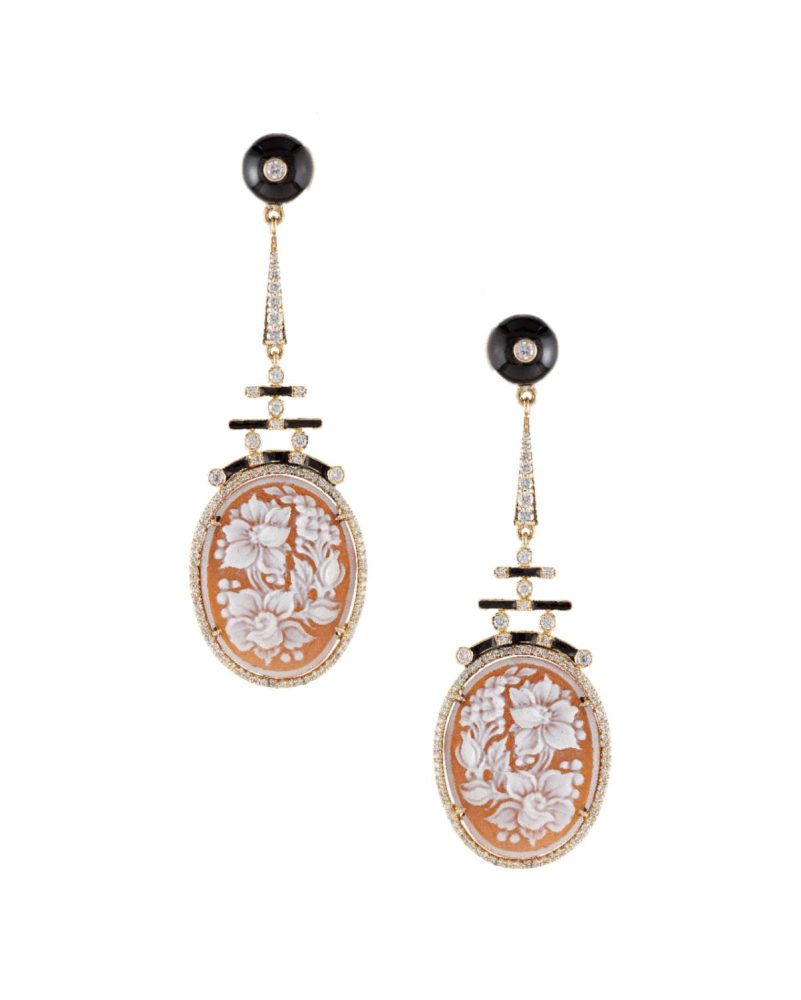
The family has also been known to have commissioned jewels from brands such as Cartier and Boucheron. Singh inherited his family’s passion and honed his own eye for jewellery through the years but only launched the label, guided by love and instinct over strategy. “Since I am not a trained jewellery designer nor did I study business development, I have marched to my own drumbeat,” he says, adding that he doesn’t overthink these details. “It has always been an organic process of learning, an evolution.”
Although certain inspirations and patterns may be leitmotifs, Singh doesn’t structure his designs and production around specific collection drops. “There can be a thread of ideas that floats through the work, but I don’t think of jewellery in terms of collections. Jewellery is not seasonal,” he says. The designs are an amalgamation of inspirations drawn from art and performance, books and history, travel and architecture and imaginatively translated in precious metals and coloured gemstones.
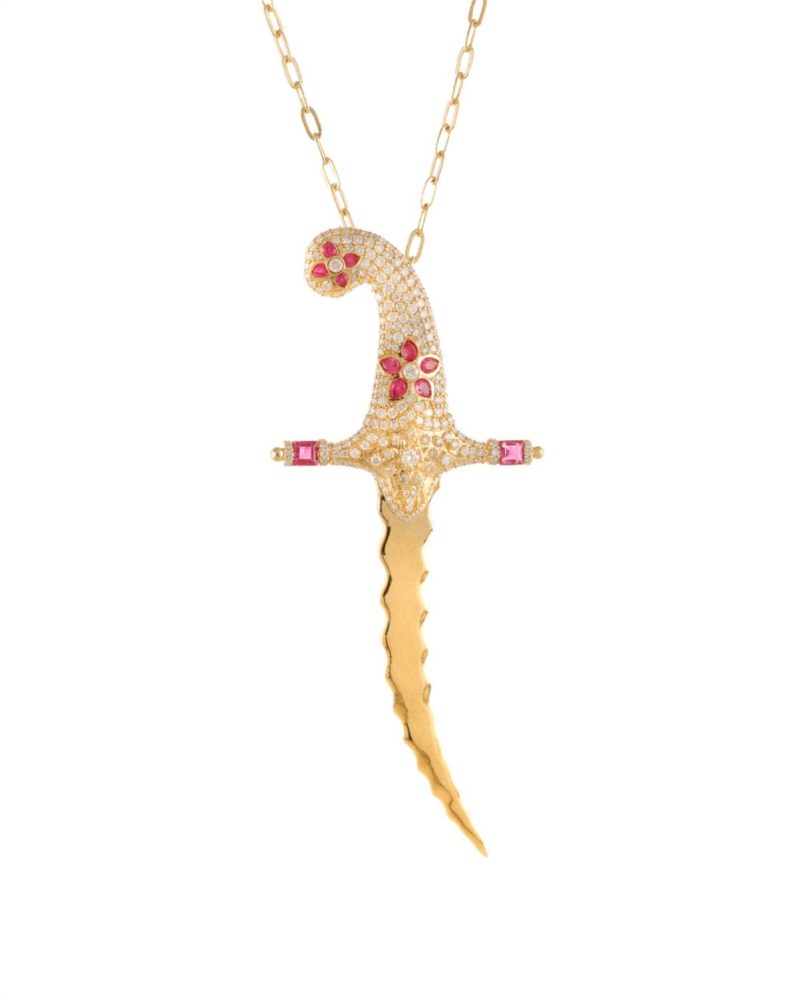
In a pair of earrings titled ‘Astral’, diamonds are cut in a way that brings UFOs to mind and are accompanied by corals and carved emeralds. Amethysts, shaped like lozenges, marquise opals and rock crystals adorn a lavender-hued neckpiece while a massive emerald stands out on a twisted solid gold black and white hasli with vintage blush gold rubies and Japanese pearls.
Art Deco, the movement which marks a century this year, is an enduring influence and one of his best-known signatures. Singh says that it is an influence he has grown up with and one that speaks to him—coming forth in fringed and half-moon earrings and the profusion of geometric gemstones.
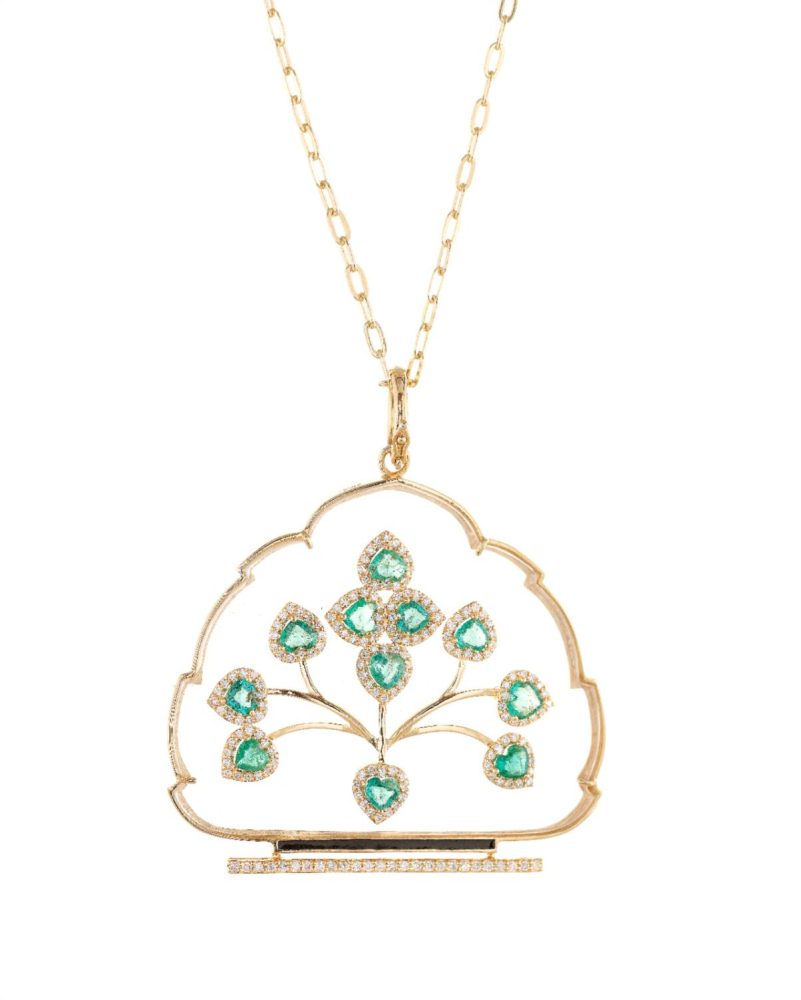
Spiritualism and divinity also emerge in many of the pieces, including an iconic line of dagger earrings and necklaces or motifs such as serpents (expressed in a pair of carved jade designs) and the eye which recurs in pendants—from iridescent opals to a ruby, placed at the centre of an enamelled and gem-studded pendant, is a hat-tip to Surrealism.
And then, there is India whose influence spans his motifs and fearless use of colours to the play of gemstones and a mix of techniques. “India is a minefield of inspirations, from textures to colour to movement. Its weather, people, history and civilization, temples and architecture. Where does one begin and end?” he muses.
More than 20 years later, Singh’s design vocabulary and repertoire has grown richer, and his clientele more expansive but he has sought to keep the brand ethos and intent intact.
Label Hanut Singh remains niche, focusing on singular designs that appeal to connoisseurs and collectors. “I make artistic, precious jewellery. My client is someone with a point of view—they are not run-of-the-mill,” he says.
Both retail and social media—an indispensable tool for luxury labels, especially those like Singh’s which have a buzzy, celebrity-studded international clientele—are limited and intimate. “I have a retail presence in New York and Los Angeles but in India, I’ve always done trunk shows,” he says. “These days, there are a lot of others who do trunk shows but it was my business model from the very beginning.”
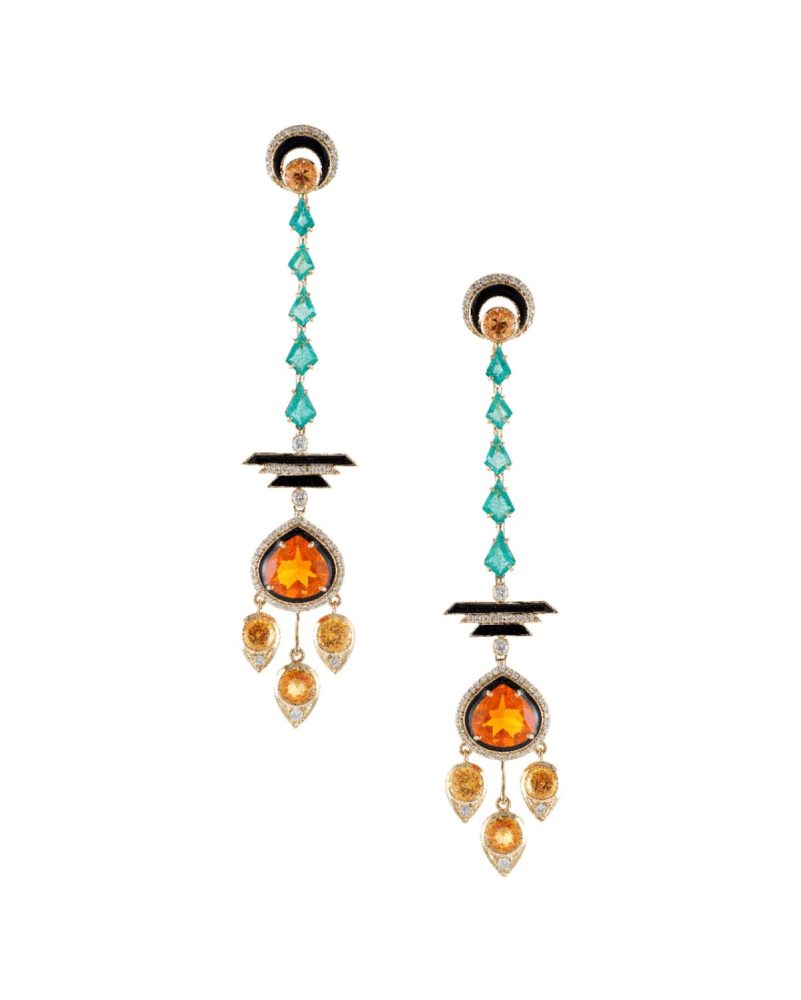
Singh’s trunk shows are as exclusively planned as his designs—in 2023, an exhibition in Delhi co-hosted by Sanjay Garg, textile designer and founder of the label Raw Mango, saw the likes of politician Sonia Gandhi in attendance while fashion curator and founder of the erstwhile boutique Bungalow Eight Maithili Ahluwalia hosted a show of the designer’s jewels in Mumbai last year. Coming up: Hyderabad. “I have a big show happening in early August. I have clients in Hyderabad, but it’s my first show in the city.”
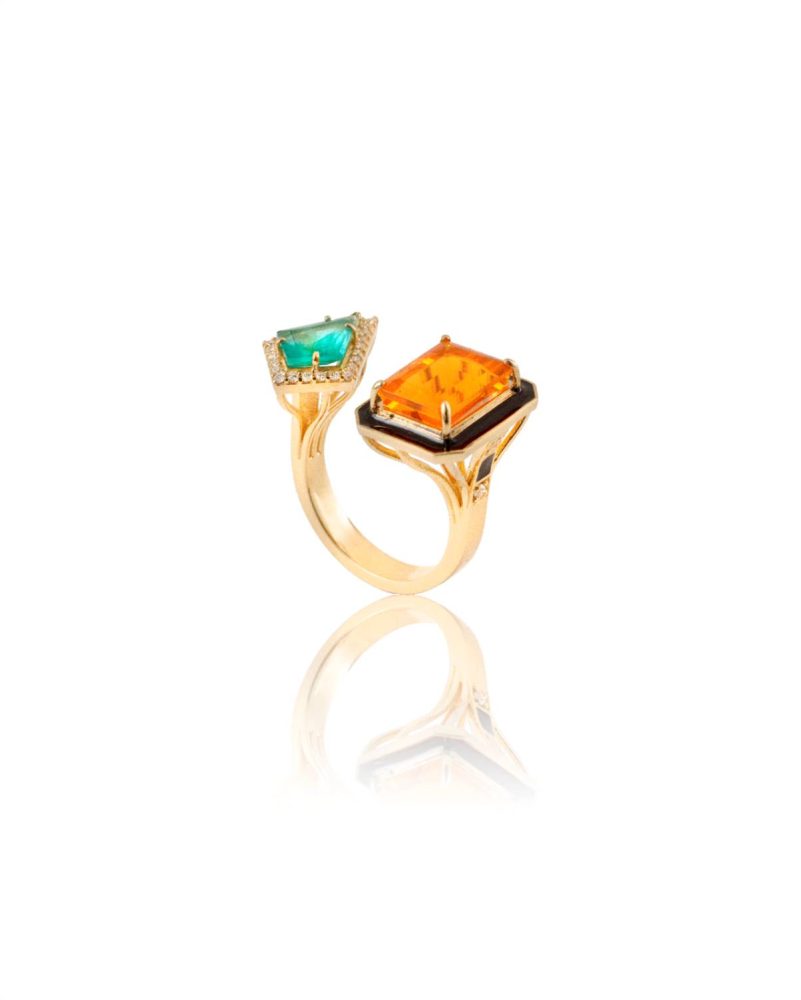
The intimate design-first business model enables Singh to preserve the core of his design philosophy—imbuing every piece with emotion and everything he has got. “Buying and owning jewellery is replete with an emotional quotient,” he says. “That’s why it’s so talismanic, and precious to people. It doesn’t have to be expensive…it’s a thought and gesture.”
Singh’s quest for design is endless, fuelled by his travel and study, keeping his “mind’s eye” ready to learn and evolve. As he says, “a true creative person is always open to growth.”

